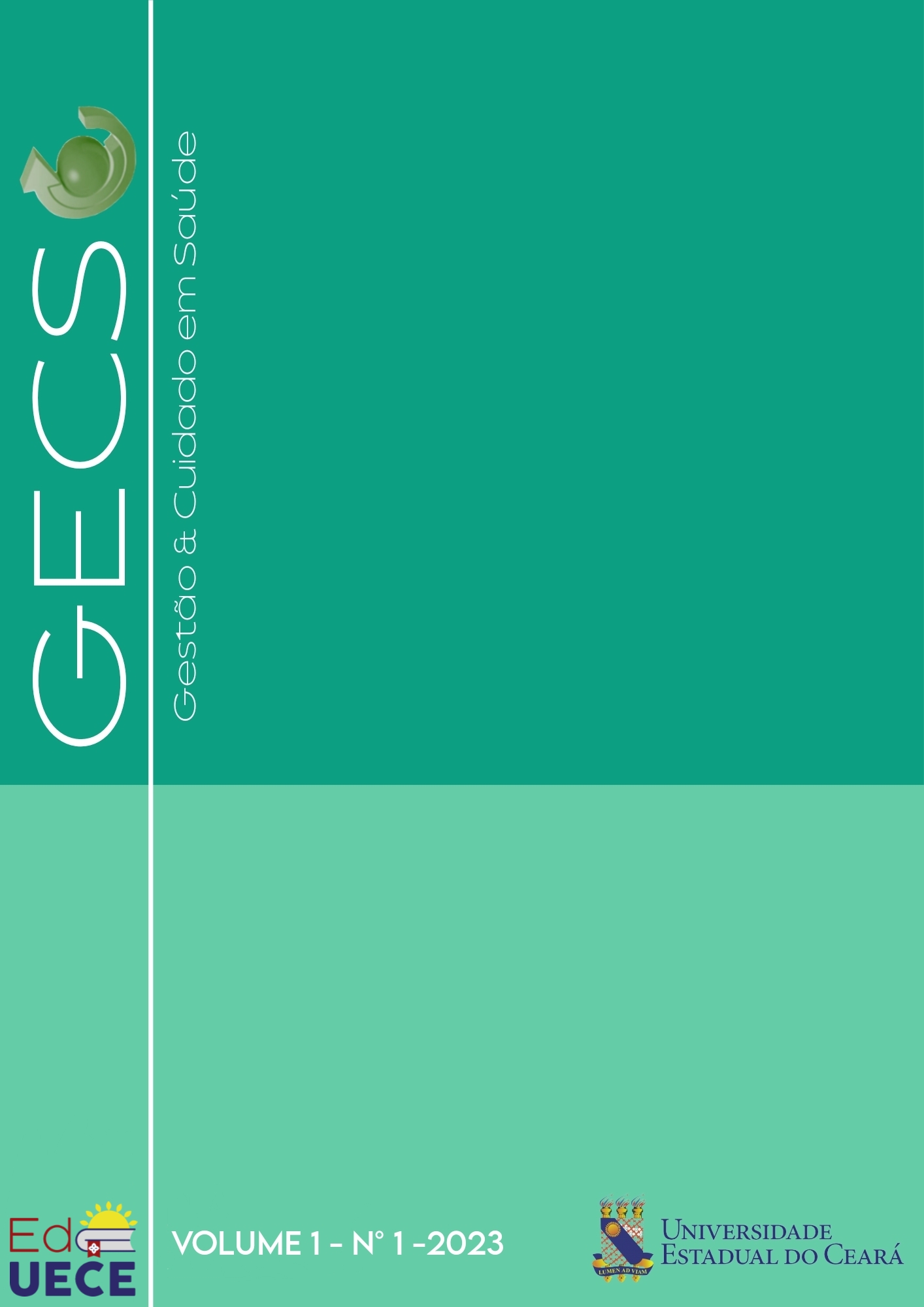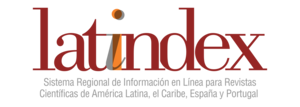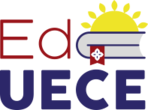Reflexões sobre o letramento em saúde para terapia nutricional enteral domiciliar
DOI:
https://doi.org/10.70368/gecs.v1i1.11210Palavras-chave:
Nutrição enteral, Cuidadores, Letramento em saúdeResumo
O estudo buscou refletir sobre o uso dos fundamentos do Letramento em Saúde na orientação de cuidadores de pacientes em Terapia Nutricional Enteral Domiciliar. Estudo descritivo, do tipo relato de experiência. O protocolo de orientação adotado aos cuidadores foi abordado conforme os fundamentos do Letramento em Saúde, acerca da elaboração de materiais educativos. Foi observado que 41,2% de tópicos dos fundamentos do Letramento em Saúde não foram atendidos. As principais inadequações referem-se à comunicação verbal e escrita, na ausência da estratégia de teach back, bem como os textos demandavam mais anos de escolaridade que o recomendado, com instruções em excesso, dificultando compreensão e aprendizagem. A experiência evidenciou falhas na comunicação verbal e escrita, assim, mostra-se fundamental que estas falhas sejam corrigidas para operacionalização adequada da Terapia Nutricional Enteral Domiciliar.
Referências
ABIANEH, N. A.; ZARGAR, S. A.; AMIRKHANI, A.; ADELIPOURAMLASH, A. The effect of selfcare education through teach back method on the quality of life in hemodialysis patients. Néphrologie & Thérapeutique, [s. l.], v. 1, n. 6, p. 1-8, 2020. Disponível em: https://doi.org/10.1016/j.nephro.2020.01.002. DOI: https://doi.org/10.1016/j.nephro.2020.01.002
ABRAMS, M. A.; RITA, S.; NIELSEN, G.A. Always use Teach-back!: Toolking, 2012. Disponível em: http://www.teachbacktraining.org/.
BICALHO, C. S.; LACERDA, M. R.; CATAFESTA, F. Refletindo sobre quem é o cuidador familiar [Reflecting about who is the family caregiver]. Cogitare, [s. l.], v. 13, n. 1, p. 118-23, 2008. Disponível em: http://dx.doi.org/10.5380/ce.v13i1.11972. DOI: https://doi.org/10.5380/ce.v13i1.11972
BIFULCO, V. A.; LEVITES, M. The Importance of the Caregiver in the Follow-up of Chronic Patients with Alzheimer's Disease. Archivos en Medicina Familiar, [s. l.], v. 20, n. 4, p. 167-71, 2018. Disponível em: https://www.medigraphic.com/pdfs/medfam/amf-2018/amf184c.pdf.
BRASIL. Caderno de atenção domiciliar, cuidados em terapia nutricional [Home care notebook, care in nutritional therapy]. Brasília: Ministério da Saúde, 2014. Disponível em: http://189.28.128.100/dab/docs/portaldab/publicacoes/caderno_atencao_domiciliar_vol3.pdf.
BRAZILIAN SOCIETY OF PARENTERAL AND ENTERAL NUTRITION. Diretriz Brasileira de Terapia Nutricional Domiciliar [Brazilian Guidelines on Home Nutritional Therapy]. BRASPEN J, São Paulo, v. 33, n. 1, p. 37-46, 2018. Disponível em: https://f9fcfefb-80c1-466a-835e5c8f59fe2014.filesusr.com/ugd/a8daef_695255f33d114cdfba48b437486232e7.pdf.
CUTCHMA, G.; EURICH, M. C. M.; THIEME, R. D.; FRANÇA, R. M.; SCHIEFERDECKER, M. E. M. Nutrition formulas: influence on nutritional condition, clinical condition and complications in household nutrition therapy. Nutr Clín Diet Hosp, [s. l.], v. 36, n. 2, p. 45-54, 2016. Disponível em: https://revista.nutricion.org/PDF/cutchma.pdf.
GRIFFIS, H. M.; KILARU, A. S.; WERNER, R. M.; ASCH, D. A.; HERSHEY, J. C.; HILL, S.; HA, Y. P.; SELLERS, A.; MAHONEY, K.; MERCHANT, R. M. Use of social media across US hospitals: descriptive analysis of adoption and utilization. J Med Internet Res, [s. l.], v. 16, n. 11, p. 1-11, 2014. Disponível em: https://doi.org/10.2196/jmir.3758. DOI: https://doi.org/10.2196/jmir.3758
JAMAL, A.; KHAN, S. A.; ALHUMUD, A.; AL-DYHYYIM, A.; ALRASHED, M.; SHABR, F. B.; ALTERAIF, A.; ALMUZIRI, A.; HOUSEH, M.; QURESHI, R. Association of online health information-seeking behavior and self-care activities among type 2 diabetic patients in Saudi Arabia. J Med Internet Res, [s. l.], v. 17, n. 8, p. 196-208, 2015. Disponível em: https://doi.org/10.2196/jmir.4312. DOI: https://doi.org/10.2196/jmir.4312
KIRSCH, I. S.; JUNGEBLUT, A.; JENKINS, L. B.; KOLSTAD, A. Adult literacy in America: a first look at the results of the National Adult Literacy Survey. Washington: US Government Printing Office, 1993.
KNUPPEL, M. A. C. Webséries como objetos educacionais na cultura digital: multimodalidade e multiletramentos [Webseries as educational objects in digital culture: multimodality and multiliteracies]. Em Rede - Revista de Educação a Distância, [s. l.], v. 6, n. 1, p. 86-102, 2019. Disponível em: https://www.aunirede.org.br/revista/index.php/emrede/article/view/442.
MACHADO, B. M. M.; DAHDAH, D. F.; KEBBE, L. M. Caregivers of family members with chronic diseases: coping strategies used in everyday life. Cad Bras Ter Ocup, [s. l.], v. 6, n. 2, p. 299-313, 2018. Disponível em: https://www.semanticscholar.org/paper/Cuidadores-de-familiares-com-doen%C3%A7as-cr%C3%B4nicas%3A-de-Machado-Dahdah/3c21ae20bf311b2eee60c7ad16fe5374a198fdac.
MARQUES, S. R. L.; LEMOS, S. M. A. Health literacy assessment instruments: literature review. Audiol Commun Res, [s. l.], v. 22, n. 1, p. 1757-65, 2017. Disponível em: http://doi.org/10.1590/2317-6431-2016-1757. DOI: https://doi.org/10.1590/2317-6431-2016-1757
National Academies of Sciences, Engineering and Medicine. The promises and perils of digital strategies in achieving health equity: workshop summary. Washington: The National Academies Press, 2016. Disponível em: https://www.nap.edu/read/23439/chapter/1.
OSBORNE, H. Health literacy from A to Z: pratical ways to communicate your health message. (2nd ed.) Burlington: Jones & Bartlett Learning, 2013.
PINTÃO, D. Brasil só perde para os EUA em tempo de visualização de vídeos on-line. [Brazil is second only to the US in viewing time for online videos]. São Paulo: Folha de São Paulo, 2019. Disponível em: http://temas.folha.uol.com.br/influenciadores-digitais/a-fama/brasil-so-perde-para-os-eua-emtempo-de-visualizacao-de-videos-on-line.shtml.
RAMOS, L.; PEREIRA, A. C.; SILVA, M. A. D. Video as complementary teaching tool in health courses. Journal of Health Informatics, [s. l.], v. 11, n. 2, p. 35-9, 2019. Disponível em: http://www.jhi-sbis.saude.ws/ojsjhi/index.php/jhi-sbis/article/view/601/355.
SOCIEDADE BRASILEIRA DE CARDIOLOGIA. Usando o método teach-back [Using the teach-back method]. Rio de Janeiro: SBC Advisory Board, 2020. Disponível em: http://cardiol.br/boaspraticasclinicas/ferramentas/dica/usando-metodo-teach-back.pdf.
SORENSEN, K. Defining health literacy: Exploring differences and commonalities. In O. Okan, U. Bauer, P. Pinheiro, K. Sorensen & D. Levin. International handbook of health literacy: research, practice and policy across the lifespan (pp. 5-20). Bristol: Policy Press, 2019. DOI: https://doi.org/10.56687/9781447344520-004
SORENSEN, K.; BROUCKE, S. V.; FULLMAN, J.; DOYLE, G.; PELIKAN, J.; SLONSKA, Z.; BRAND, H.; (HLS-EU) CONSORTIUM HEALTH LITERACY PROJECT EUROPEAN. Health literacy and public health: a systematic review and integration of definitions and models. BMC Public Health, [s. l.], v. 12, n. 80, p. 1-13, 2012. Disponível em: https://bmcpublichealth.biomedcentral.com/articles/10.1186/1471-2458-12-80. DOI: https://doi.org/10.1186/1471-2458-12-80
TACKETT, S.; SLINN, K.; MARSHALL, T.; GAGLANI, S.; WALDMAN, V.; DESAI, R. Medical education videos for the world: an analysis of viewing patterns for a YouTube channel. Academic Medicine, [s. l.], v. 93, n. 8, p. 1150-6, 2018. Disponível em: https://pubmed.ncbi.nlm.nih.gov/29298180/. DOI: https://doi.org/10.1097/ACM.0000000000002118
VASCONCELOS, C. M. C. S.; PARENTE, N. A.; SAMPAIO, H. A. C. A relevância da comunicação oral, escrita e digital: usuário-profissional de saúde-SUS [The relevance of oral, written and digital communication: user-health professional-SUS]. In M. P. B. Passamai, H. A. C. Sampaio & E. M. V. Henriques. Letramento funcional em saúde: as habilidades do usuário e o Sistema Único de Saúde (p. 79-101). Curitiba: CRV, 2019.
VASCONCELOS, C. M. C. S.; SAMPAIO, H. A. C.; VERGARA, C. M. A. C. Materiais educativos para prevenção e controle de doenças crônicas: uma avaliação à luz dos pressupostos do letramento em saúde [Educational materials for the prevention and control of chronic diseases: an evaluation in the light of health literacy assumptions]. Curitiba: CRV, 2018.
ZARCADOOLAS, C.; PLEASANT, A. F.; GREER, D. S. Advancing health literacy: a framework for understanding and action. San Francisco: Jossey-Bass, 2006.
Downloads
Publicado
Como Citar
Licença
Copyright (c) 2023 https://docs.google.com/document/d/1EIuWRbf6QmyfsDn2_jSvPNG28j8oyeH2ixVaT6s7Ybg/edit

Este trabalho está licenciado sob uma licença Creative Commons Attribution-NonCommercial 4.0 International License.
















